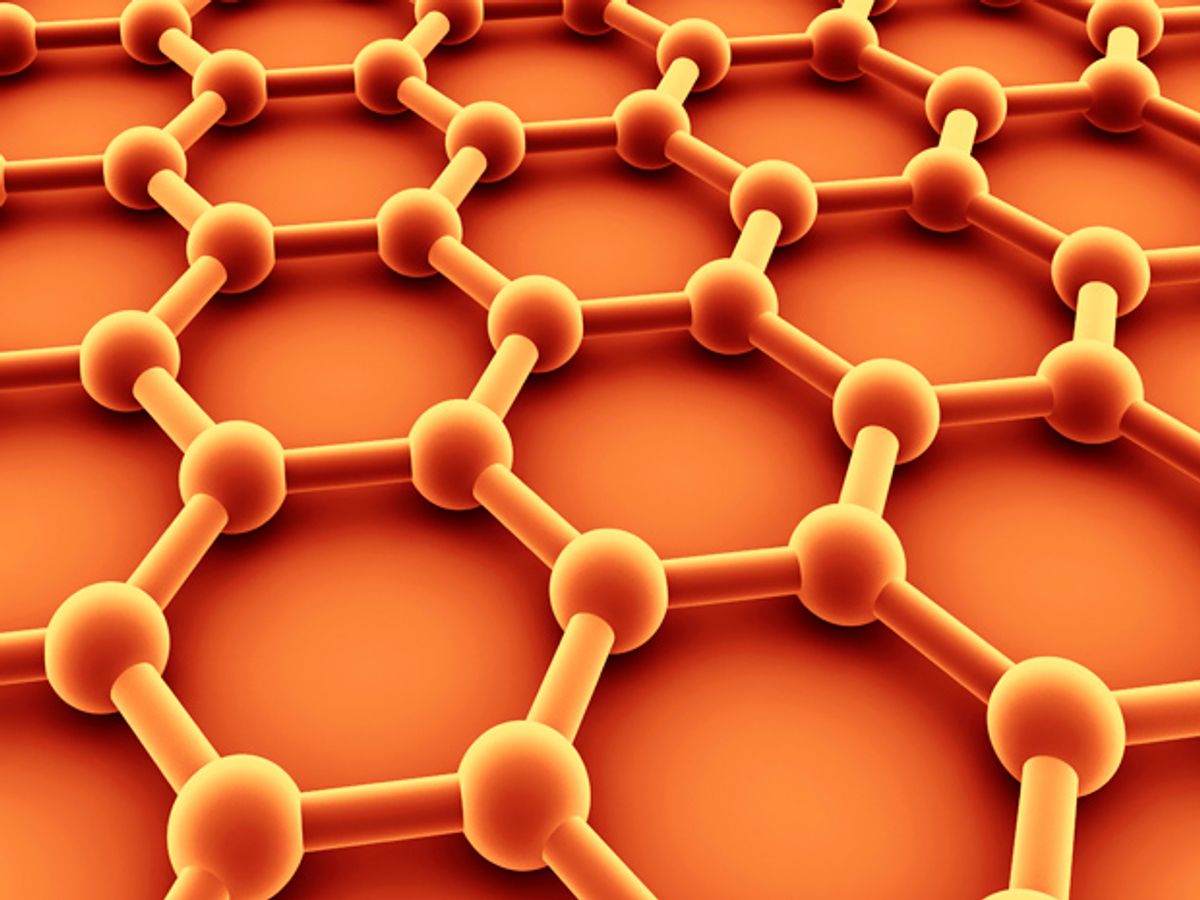Thermal management is one of the biggest issues facing electronics today. While cooling fans and other system-level solutions have been the mainstay of schemes aimed at controlling heat, higher circuit densities and faster clock speeds are making chips run so hot that new solutions are needed.
Graphene has been held out as a hope for addressing these growing thermal management problems because of its very high thermal conductivity. Researchers at EPFL (École Polytechnique Fédérale de Lausanne) in Switzerland have taken a big step toward realizing this promise by demonstrating how heat actually dissipates in graphene.
In research published in the journal Nature Communications, the EPFL researchers have shown that, in graphene, heat propagates in the form of a wave, just like sound in air.
“We can show that the thermal transport is described by waves, not only in graphene but also in other materials that have not been studied yet,” explained Andrea Cepellotti, the first author of the report, in a press release. “This is extremely valuable information for engineers, who could adapt the design of future electronic components using some of these novel two-dimensional materials’ properties.”
By shedding new light on the mechanisms of thermal conductivity in graphene and other two-dimensional materials through computer modeling, the researchers believe they can help other researchers working on using graphene for thermal management solutions.
Two-dimensional (2-D) materials, like graphene, behave quite differently than their three-dimensional (3-D) cousins when it comes to the propagation of heat.
In 3-D materials, heat propagates through the vibration of atoms. These vibrations, called "phonons," keep colliding with each other, merging together, or splitting, all of which limits the heat conductivity of the material. Only when temperatures approach absolute zero (-200°C or lower) is it possible to observe quasi-lossless heat transfer.
In 2-D materials, the researchers have shown, heat propagates quite differently. Even at room temperature, heat is transmitted without significant losses due to the phenomenon of wave-like diffusion called “second sound.” With second sound, all phonons march together in unison over very long distances.
Cepellotti adds: “Our simulations, based on first-principles physics, have shown that atomically thin sheets of materials behave, even at room temperature, in the same way as three-dimensional materials at extremely low temperatures.”
Dexter Johnson is a contributing editor at IEEE Spectrum, with a focus on nanotechnology.



